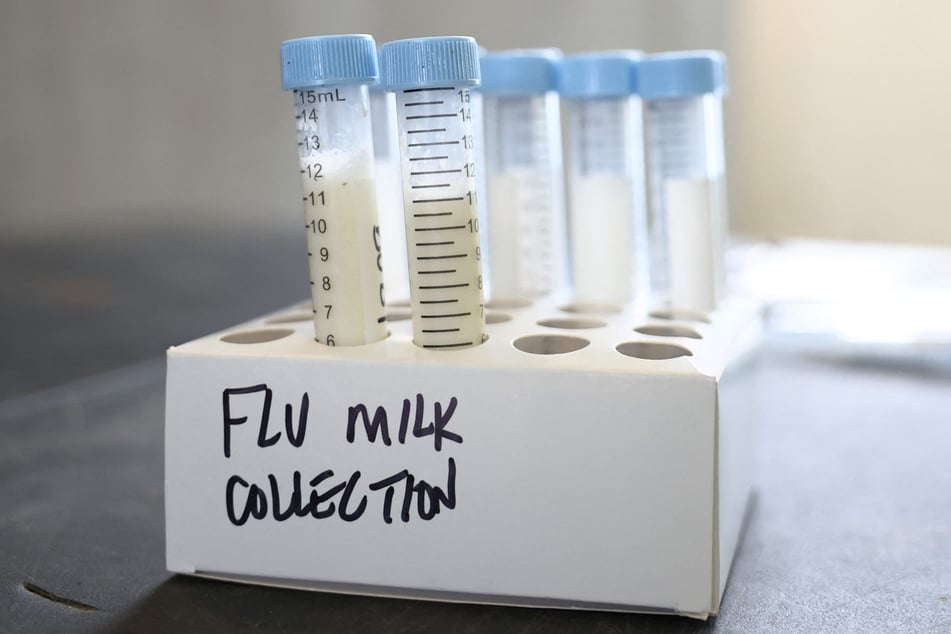Experts warn of bird flu's pandemic threat: "Avian flu is knocking on our door"
Health experts have been sounding the alarm about the potential pandemic threat posed by bird flu, which has been showing signs of mutating as it spreads among cows and infects people in the US.

There is no guarantee that bird flu will ever begin transmitting between humans, and US health authorities have emphasized that the risk to the general public remains low.
The deadly bird flu variant H5N1 first emerged in China in 1996, but over the last four years, it has spread more widely than ever before, reaching previously untouched regions such as penguin-haven Antarctica.
More than 300 million poultry birds have been killed or culled since October 2021, while 315 different species of wild birds have died across 79 countries, the World Organization for Animal Health told AFP.
Mammals that ate the infected birds, such as seals, have also experienced mass die-offs.
The situation changed again in March when the virus began spreading among dairy cows across the US in another first.
Fifty-eight people have tested positive for bird flu in the US this year, including two who had no known exposure to infected animals, according to the Centers for Disease Control and Prevention.
There are also fears that some human cases are going undetected. Researchers said last month that eight out of 115 dairy workers tested in Michigan and Colorado had antibodies for bird flu, suggesting an infection rate of 7%.
Meg Schaeffer, an epidemiologist at the US-based SAS Institute, said there were now several factors suggesting that "avian flu is knocking on our door and could start a new pandemic any day."
"A bird flu pandemic would be one of the most foreseeable catastrophes in history," read the headline of a New York Times opinion article late last month.
What is stopping the bird flu from spreading at a pandemic level?

There are still several barriers stopping H5N1 from spreading easily between people, including that the virus would have to mutate to become better at infecting human lungs.
But research published in the journal Science on Thursday demonstrated that the version of bird flu infecting US cows is now just a single mutation away from being able to spread more effectively among humans.
Virologist Ed Hutchinson of the University of Glasgow said this suggests that H5N1 is just "a simple step" away from becoming "more dangerous for us."
And last month, genetic sequencing of a Canadian teenager who was very sick with bird flu "implied that the virus had begun to evolve to explore ways of binding more effectively to the cells in their body," Hutchinson said.
"We do not yet know whether H5N1 influenza viruses will evolve to become a disease of humans," and other barriers remain, Hutchinson emphasized.
But the more animals and different species the virus is allowed to infect, the "more likely it is to adapt to better infect people," Schaeffer said.
And if a bird flu pandemic were to break out, it would be "remarkably severe" in humans because we have no built-up immunity, she added.
The US farm worker cases have been relatively mild so far. But nearly half of the 904 human cases of H5N1 recorded since 2003 have been fatal, according to the World Health Organization.
Cover photo: MICHAEL M. SANTIAGO / GETTY IMAGES NORTH AMERICA / GETTY IMAGES VIA AFP
